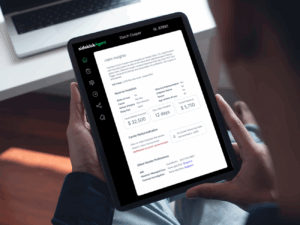September 1, 2016
Gabapentin is approved by the Food and Drug Administration for the management of post-herpetic neuralgia, pain associated with shingles, in adults and is used adjunctively in the treatment of partial onset seizures in adults and children. The drug is widely used off-label for a host of other pain syndromes, anxiety, mood disorders and restless leg syndrome. It is marketed globally under the trade name Neurontin® by Pfizer Pharmaceuticals.1 It is sometimes prescribed for pain in workers’ compensation cases.
In practice, when we think of drugs of abuse, the usual “Oxys” and “Benzos” come to mind. Medications such as Gabapentin are not often thought of as addictive or abused because they are not scheduled medications per the Drug Enforcement Agency (DEA). This is not true as physiological and psychological dependence may occur with other non-scheduled medications, such as muscle relaxers which are commonly seen in workers’ compensation claims.
Case report evidence suggests that there is misuse of Gabapentin, more so amongst individuals with prescriptions for the medication and who are using it in combination with opioids, benzodiazepines and alcohol.2 In July 2016, a case report described 40-65% of individuals with prescriptions for Gabapentin abused the medication. In addition, 15-22% of abuse cases were within populations of individuals who abuse opioids.2 The mechanism for abuse is unknown because it does not bind to the receptors that cause euphoria and increased mood. Some individuals describe a relaxed or elated mood, improved sociability and a marijuana-like high. When coupled with other scheduled medications such as opioids and benzodiazepines, the euphoric effect is multiplied and the user achieves a greater “high”. These effects seem to be dose dependent; as the dose and frequency of Gabapentin is increased, the greater the high effect will be. Similarly, Lyrica ®, which is an analog of Gabapentin, may be misused as well, although its prevalence for abuse was much lower.
Gabapentin, when stopped abruptly, produces a withdrawal syndrome similar to that seen in scheduled medications, such as opioids. These symptoms include disorientation, confusion, increased heart rate, sweating profusely, tremulousness and agitation. Withdrawal symptoms resolve upon resumption of Gabapentin. It is necessary that Gabapentin not be stopped abruptly and rather tapered off slowly as to avoid withdrawal.
It is not wise to assume that every patient that is being prescribed Gabapentin is addicted or abusing the medication; however, when used either alone or in combination with opioid pain medications, benzodiazepines and muscle relaxers, its medical necessity should be established and the patient closely monitored for signs of abuse or misuse. Prescribers and pharmacists should monitor patients for the development of tolerance, dose escalation and requests for early refills. Prescribers should also take quantitative measures by testing for the presence of Gabapentin and its metabolites in urine drug screens. With provider education and responsibility, the misuse and abuse potential of Gabapentin can be contained and prevented.
Dr. Linda Manna, Clinical Pharmacist
References:
- Neurontin® [package insert]. New York: Pfizer, Inc.; 2012.
- Smith RV, Havens JR, Walsh SL. Gabapentin misuse, abuse and diversion: a systematic review. Addiction. 2016 Jul;111(7):1160-74. doi: 10.1111/add.13324. Epub 2016 Mar 18. Review



